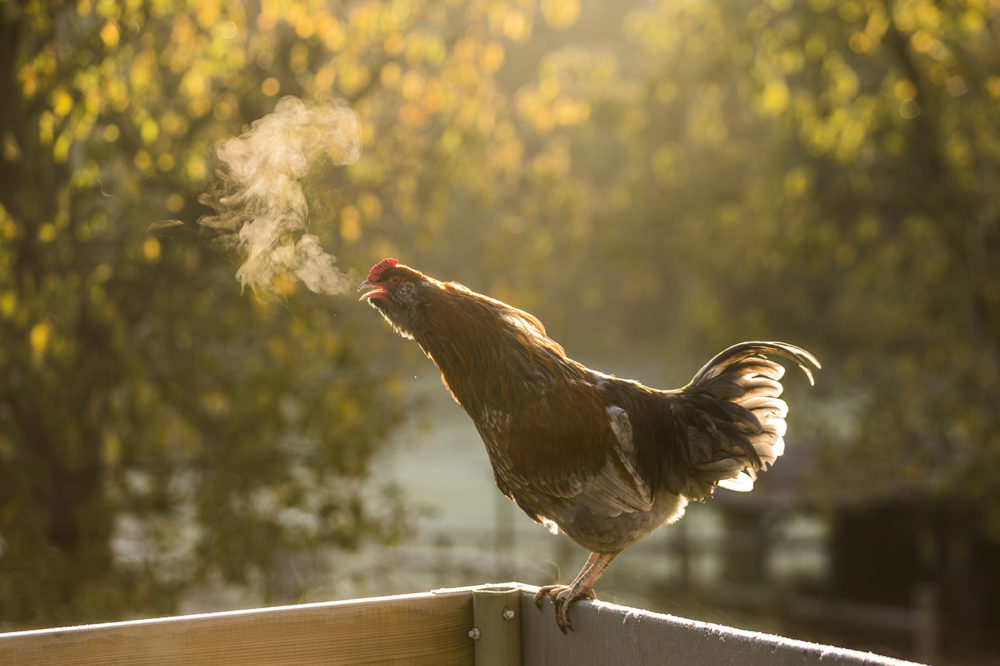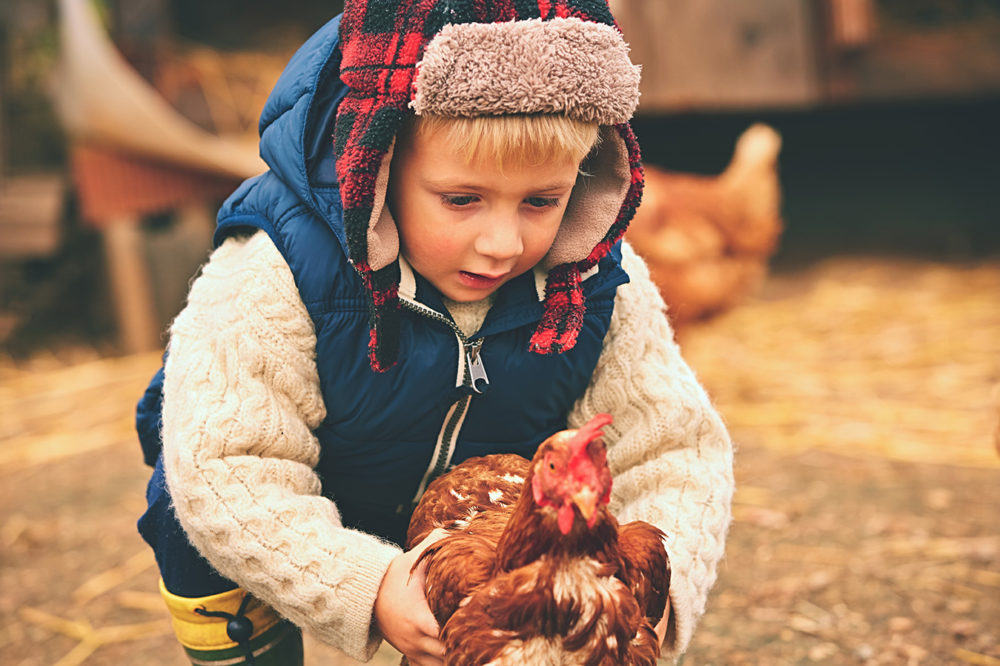Winter in the Henhouse
Crisp mornings and cosy evenings are here again! Winter is a wonderful time of year to take stock and catch up on some rest after the busy summer and autumn months. And it’s no different for your chickens after a demanding season of laying eggs.
Many people are surprised to find that chickens are quite capable of dealing with the cold and are a lot hardier than they think. The arrival of shorter days and cooler weather stimulate changes in a chicken’s body and behaviour which will help her stay warm and healthy over winter.

To maintain their body temperature, chickens have a layer of specialised small, soft feathers under their outer contour feathers. These ‘down feathers’ trap air next to the chicken’s skin, keeping it at body temperature and preventing it from escaping into the environment – the same principle which keeps us toasty warm inside a down jacket. Chickens will fluff their feathers to bring more air into this insulating layer if needed.
There are some parts of a chicken that aren’t covered by feathers, of course, and this is where behaviour comes into play. Chickens will often stand on one foot at a time, keeping the other one warm by tucking it up into the feathers on their abdomen. The comb and wattle – which act as excellent ‘radiators’ in the summer months – need to be similarly protected during the cold nights, which is why hens will tuck their heads under their wings to sleep.

Alongside these natural adaptations, there are a few things you can do to help your flock keep warm and avoid any health problems over winter. While Australian winters generally don’t reach sub-zero temperatures, it’s worth making sure your hens have everything they need for the cold months:
- Check the roost
Night-time is when chickens are most vulnerable to the cold so it’s important to provide them with a good place to roost off the ground. Ideally, the perch should be wide enough for them to roost side-by-side to conserve heat and of the right thickness for them to grip comfortably and allow them to cover their feet with their feathers.
- Keep the coop clean and dry
Make sure the coop is well insulated from drafts and protected from wet weather, whilst allowing ventilation to stop the build-up of moisture. Regular cleaning is also a must.
- Make sure they’re eating right
Keeping warm takes a lot of energy so it’s important to make sure chickens are getting enough nutrition to stay healthy. Free access to a high-quality feed will ensure the chicken meets her energy needs, and give her a head start when Spring Flush comes around again.

